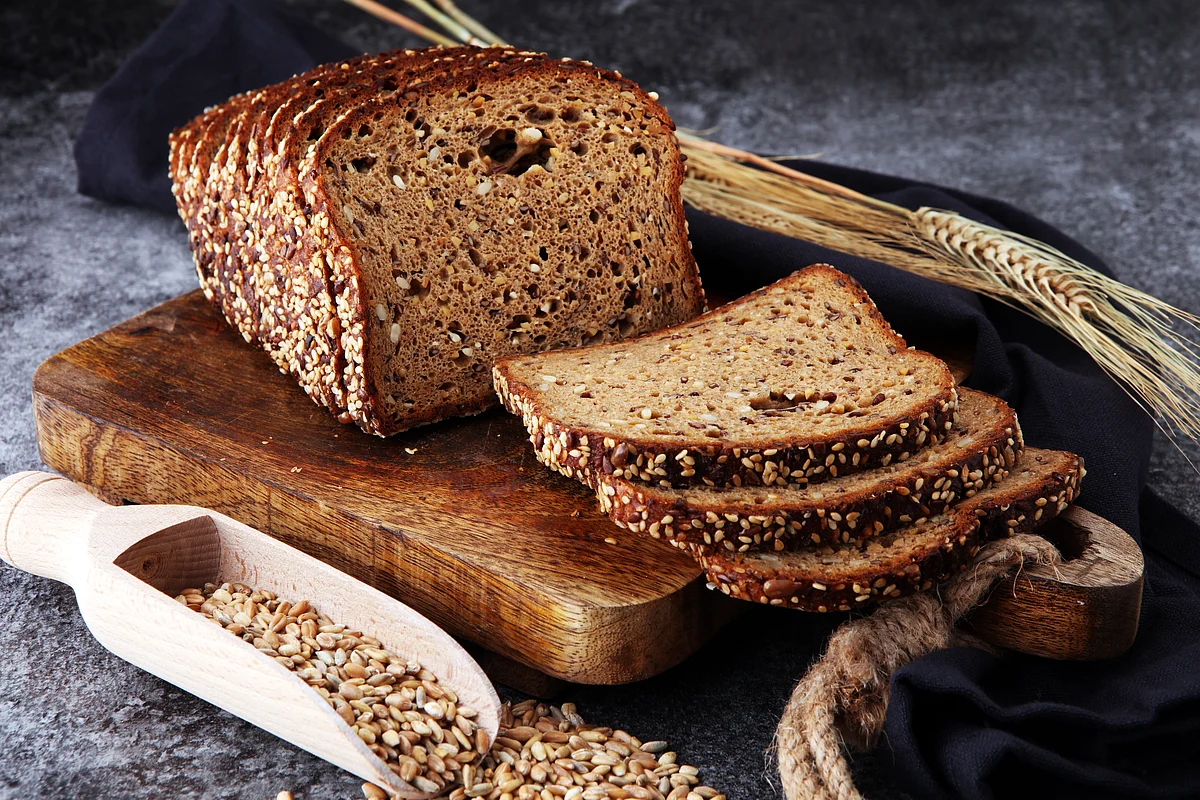Don't ditch the bread! How wholegrains saved Denmark's health: Why you should try this diet trick
Wholegrains do more than just keep you full, they’re allies in protecting your health

A wholegrain revolution? Who would’ve thought.
Well, Denmark did.
The country earned global praise not for ditching carbs, but for choosing the right ones. Turns out, many of us got it wrong—wholegrains might just be the missing link to better health.
In a world where carb-cutting fads and keto trends come and go, Denmark chose a different path. And it’s paying off. Over the past decade, the country launched a nationwide campaign to make wholegrains not just available, but appealing. The result? Fewer cases of heart disease, better digestion, and a population consuming more fibre than ever—without banning bread or sacrificing pleasure.
The Danish wholegrain revolution: How it started
In 2009, Denmark introduced a clear, easy-to-spot Wholegrain Logo, a small stamp that guaranteed products met specific wholegrain and fiber standards. It wasn’t just a health initiative; it was a branding move. The goal, was to make healthier carbs the default, not the exception.
But this wasn’t a solo effort. The campaign brought together government bodies, NGOs, scientists, bakers, food manufacturers, and supermarkets — a full-on collaboration that made healthy eating a national norm instead of a personal challenge.
What changed: Look at the numbers
Since the rollout:
Daily wholegrain intake tripled in the average Danish diet.
More than 1,000 products now carry the official logo, from rye breads to pasta.
National surveys show improved heart health markers, better bowel function, and a dramatic increase in fiber intake.
And they didn’t shame you for eating a sandwich.
Why wholegrains matter for you
As Shrishti Dhapola, a Dubai-based nutritionist breaks it down:
“Wholegrains, like oats, barley, quinoa, whole wheat, brown rice are packed with fibre, B vitamins, antioxidants, and essential minerals like magnesium and iron,” she says.
Better digestion
Wholegrains are naturally high in dietary fibre especially insoluble fibre, which supports healthy digestion. Unlike refined grains, wholegrains retain the bran and germ, which helps maintain regular bowel movements, explains Dhapola. “ This regular elimination prevents waste buildup in the colon and reduces discomfort from bloating or sluggish digestion. Moreover, consistent gut movement is also crucial for flushing out toxins and maintaining overall gut health,” she says.
That’s not all: Wholegrains also contain prebiotics, non-digestible fibres that act as food for beneficial gut microbes. These microbes help break down complex carbs and produce short-chain fatty acids, which nourish the gut lining and support immune function. “A diverse, well-fed microbiome contributes to a stronger immune system, better nutrient absorption, and may even impact mood and mental health through the gut-brain connection,” adds Dhapola.
Keeping your heart healthy
Wholegrains do more than just keep you full, they’re powerful allies in protecting your long-term health, adds Sharifa Khan, a Dubai-based dietician. “For starters, they play a major role in lowering the risk of heart disease. Packed with antioxidants, healthy fats, and plant compounds, wholegrains help reduce LDL (bad) cholesterol, improve blood vessel function, and support healthy blood pressure. It’s no surprise that people who eat more wholegrains consistently show a lower risk of cardiovascular issue,” she says.
As wholegrains digest more slowly than refined grains, they lead to steadier glucose absorption and fewer spikes in blood sugar—crucial for preventing or managing type 2 diabetes. Over time, this also improves insulin sensitivity, making your body better at handling sugar.
If that’s not all: It helps in weight management, a concern that is on everyone’s mind these days. Instead of looking for miracle cures, use wholegrains to their best potential? “Their high fibre content promotes satiety, curbs cravings, and helps regulate hunger hormones. That means you’re more likely to eat less without trying too hard—naturally supporting a healthy weight and waistline,” says Khan.
As you can see, Denmark’s approach proves that changing how a nation eats doesn’t require guilt-tripping or diet fads. It just needs clarity, cooperation, and food that tastes good. Instead of banning junk food, Denmark simply made it easier and more appealing to eat real, wholesome carbs.
How to bring this to your plate:
You don’t need to move to Copenhagen to reap the benefits. Start with small swaps:
Switch to wholegrain bread or wraps
Add oats or barley to your breakfast bowl
Try brown rice or quinoa instead of white rice
Look for high-fibre cereals with minimal sugar
Pro tip: Not all ‘wholegrain’ labels are created equal. Look for ‘wholegrain’ listed as the first ingredient — or better yet, check for certifications where available.
Sign up for the Daily Briefing
Get the latest news and updates straight to your inbox
Network Links
GN StoreDownload our app
© Al Nisr Publishing LLC 2025. All rights reserved.